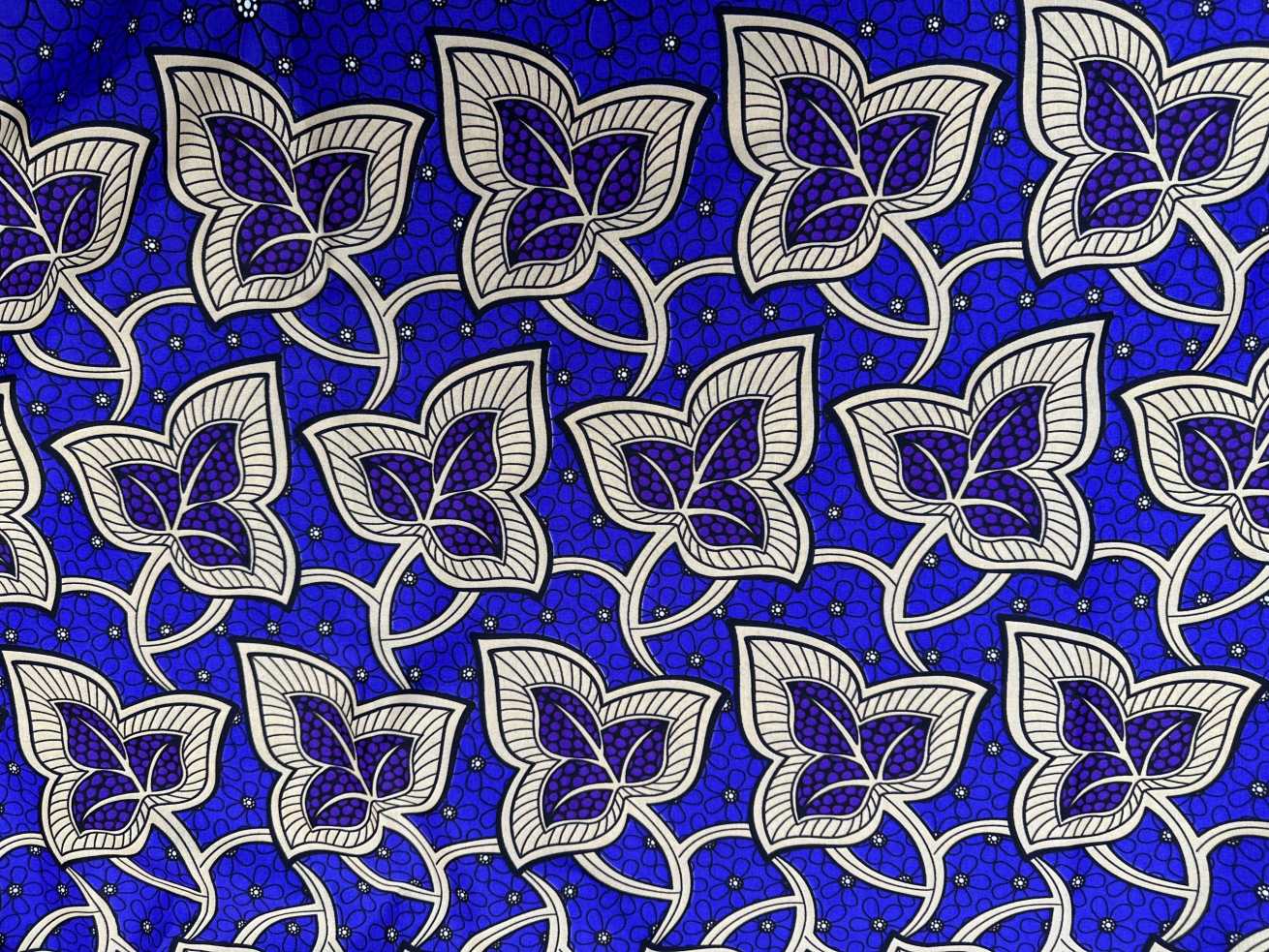Whatsapp: +86 15205751388 Email:[email protected]

Bedsheet Fabric



A bedsheet, a fundamental component of every bedroom, contributes not only to comfort but also to the overall aesthetic appeal of the room. Have you ever wondered about the intricate process behind creating the fabrics for these essential linens? This article will delve into the production process of bedsheet fabrics and the important considerations to keep in mind.
Fabric Production Process
- Fiber Selection: The foundation of any fabric is the choice of fibers. Natural fibers like cotton, linen, and silk, as well as synthetic fibers like polyester, are commonly used. Each type offers distinct qualities—cotton provides breathability and softness, linen offers a crisp texture, silk imparts luxury, and polyester brings durability and ease of care.
- Spinning: Once fibers are selected, they undergo spinning to create yarn. Yarns can be single or multi-ply, and this process greatly influences the final fabric’s texture and strength.
- Weaving or Knitting: The next step is weaving or knitting the yarns into a fabric structure. Weaving involves interlacing vertical (warp) and horizontal (weft) yarns, creating various patterns like plain, twill, or satin weaves. On the other hand, knitting uses a series of interconnected loops to create the fabric.
- Dyeing and Printing: At this stage, the fabric can be dyed in different colors using various dyeing techniques. Printing involves adding patterns, designs, or images onto the fabric’s surface. Both processes contribute to the aesthetics of the bedsheets.
- Finishing: After dyeing or printing, the fabric undergoes finishing processes such as washing, softening, and sometimes applying chemical treatments. These processes enhance the fabric’s feel, appearance, and durability.
- Quality Control: Quality checks are conducted at every stage to ensure that the fabric meets the desired standards. This includes testing for colorfastness, fabric strength, and overall quality.
Considerations
- Fabric Type: Consider the type of fabric that suits your preferences and needs. Cotton offers breathability, silk provides luxury, linen gives a natural look, and polyester offers durability. Each fabric has its unique advantages.
- Thread Count: Thread count refers to the number of threads woven per square inch of fabric. A higher thread count often indicates a smoother and softer fabric, but it’s not the sole indicator of quality. Factors like fiber quality and finishing also play a role.
- Maintenance: Different fabrics have varying care requirements. Check the care labels for washing instructions. Cotton and polyester are usually easy to care for, while silk and linen may require more delicate handling.
- Allergies: Consider any allergies or sensitivities you may have when choosing bedsheet fabric. Natural fibers like cotton and linen are hypoallergenic and breathable, making them suitable for sensitive skin.
- Aesthetic and Theme: Choose bedsheet fabrics that align with your bedroom’s aesthetic and theme. Colors, patterns, and textures can greatly influence the room’s ambiance.
- Durability: If you’re looking for long-lasting sheets, consider fabrics with good durability. Polyester is known for its strength, while cotton with a higher thread count can also offer durability.
- Budget: Bedsheet fabrics come in a wide price range. Set a budget and explore options within that range to find the best compromise between quality and cost.
In conclusion, the production process of bedsheet fabrics involves intricate steps, from fiber selection to weaving, dyeing, and finishing. When choosing bedsheets, take into account considerations such as fabric type, thread count, maintenance, allergies, aesthetic preferences, durability, and budget. By understanding the nuances of bedsheets’ production and making informed choices, you can create a comfortable and stylish bedroom retreat.

